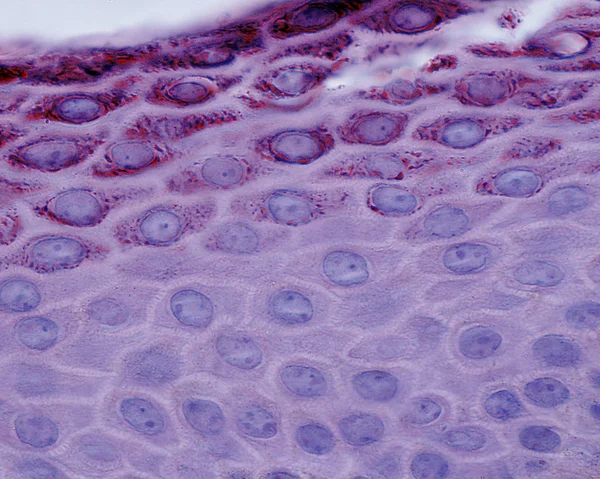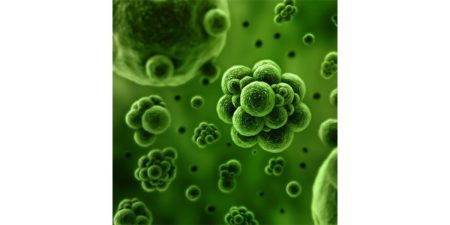A new protein was discovered in human skin that reflects the age and photo-ageing status of the skin. A recently published research paper entitled “A novel peptide ‘T14’ reflects age and photoaging in human skin” was published in the renowned journal Aging in June 2024.

What is Skin Ageing
With ageing, although the number of cell layers remains constant, the outer skin layer (epidermis) thins. Melanocytes, which are cells that carry pigment, become less numerous. The size of the surviving melanocytes increases. Skin that is getting older seems to be clearer, whiter, and thinner.
The multifactorial process of skin ageing is influenced by a variety of molecular pathways that are affected by hereditary, environmental, and lifestyle variables. In order to maintain correct function, high-turnover tissues like the skin epidermal layer depend on their capacity for self-review. Therefore changes brought on by ageing in the pathways governing these mechanisms might result in aging-related diseases.
The alpha 7 nicotinic acetylcholine receptor (7nAChR), a prominent component of the epidermis and dermis, is an important factor in skin biology, skin ageing, and photo-aging because it affects keratinocyte differentiation and directional migration, inflammatory and oxidative stress, as well as dermal remodelling. Additionally, it has been demonstrated that an agonist of the 7nAChR inhibits the generation of proinflammatory cytokines by UV light and oxidative stress, two pathways that are important in skin photoaging.
The Novel Peptide Fragment
Acetylcholinesterase (AChE)’s C-terminus yields the 14mer peptide known as T14. Regardless of the parent molecule, it is bioactive once cleaved and increases calcium influx into several cell types in a variety of situations, including: It is a potential trophic pathogen because, as has already been documented in several normal development circumstances, it specifically binds to an allosteric location on the alpha-7 receptor where it controls calcium influx. However, when wrongly activated, this formerly advantageous action becomes toxic, resulting in diseases as diverse as Alzheimer’s disease and numerous metastatic malignancies.

pidermal keratinocytes express both the 7nAChR and AChE G1 at selectively high levels; if cleaved T14 functions as a separate bioactive molecule that promotes cell growth and renewal as suggested by this profile, then this 14mer peptide may be a previously unidentified factor promoting keratinocyte proliferation.
The Study
The authors of this new study propose that AChE and the alpha-7 receptor are expressed by epidermal keratinocyte cells, which are thought to have an ectodermal origin similar to that of brain cells. If T14 serves a comparable role, it was explored by Sheila Rocha, Sara Garcia Ratés, Tumisang Moswete, Kristopher Kalleberg, Anna Villa, Jason P. Harcup, and Susan A. Greenfield of Unilever Research and Development and Neuro-Bio.
In order to determine whether T14-ir can be easily discriminated from parent AChE and detected in keratinocytes, the primary goal of this investigation was to determine whether it can. As a result, the study’s second goal was to explore the possibility that T14 may not only be found in keratinocytes but also serve as a marker for both age and photoaging.

The research notes that T14 immunoreactivity in human keratinocytes is inversely correlated with age; continuous light exposure makes this reduction even more pronounced and speeds up skin ageing. They came to the conclusion that T14, a substance that stimulates cell growth and renewal in other body organs, also functions in the skin. Monitoring keratinocyte T14 levels may also shed more light on the now well-established link between the epidermal cell profile and degenerative disorders.
Therefore, additional study of the T14 system in the epidermis may offer fresh perspectives on how to treat hyperproliferative skin conditions as well as the mechanisms underlying normal skin ageing and ageing.













